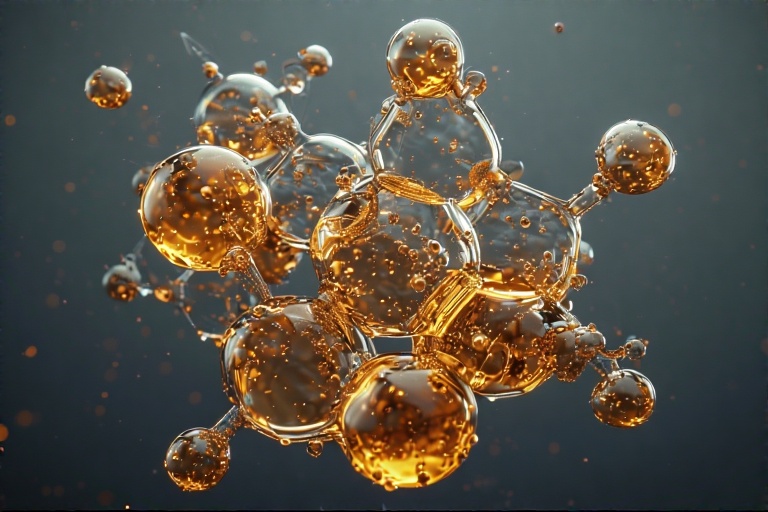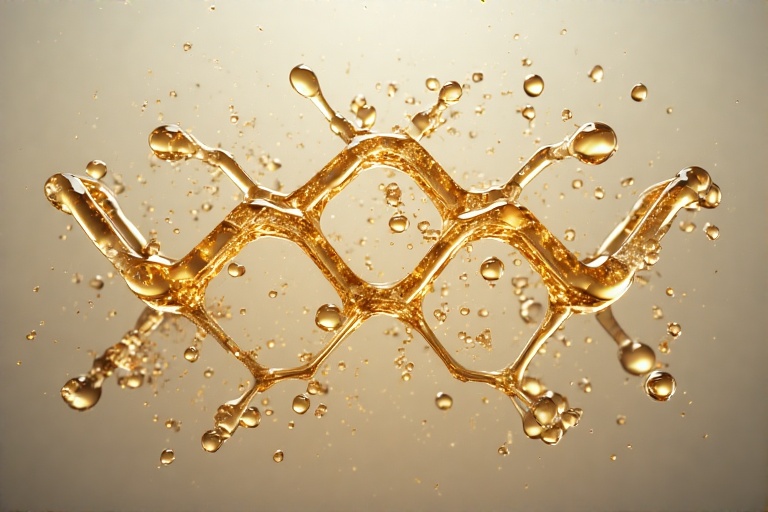
tartaric acid has a specific rotation of 12.0
Introduction to Tartaric Acid
Tartaric acid, a naturally occurring organic acid with the formula C4H6O6, enhances flavors in foods and beverages. Notably, tartaric acid has a specific rotation of 12.0° for its L-(+) form, a key feature in stereochemistry. This compound, also called 2,3-dihydroxybutanedioic acid, contains two chiral centers, resulting in stereoisomers.
This acid exists in three forms: D-tartaric acid, L-tartaric acid, and meso-tartaric acid. The meso form is achiral due to an internal plane of symmetry. Tartaric acid appears as a white, crystalline solid, highly soluble in water, with a sharp, tart taste, perfect for culinary uses.
Historically, tartaric acid’s presence in wine led to its discovery. Potassium bitartrate deposits, known as cream of tartar, were found in wine barrels. Louis Pasteur’s work on tartaric acid revealed molecular chirality, a cornerstone of modern chemistry.
Today, tartaric acid is vital in food, pharmaceuticals, and chemical industries. Its optical properties, including that tartaric acid has a specific rotation of 12.0°, make it significant in scientific research and industrial applications.

Understanding Optical Activity and Specific Rotation
Optical activity allows molecules to rotate plane-polarized light. Tartaric acid, being chiral, exhibits this property.The specific rotation of tartaric acid is 12.0° for the L-(+) form, which rotates light to the right, and -12.0° for the D-(-) form, which rotates light to the left.
Specific rotation is measured under standard conditions, typically at 25°C using the sodium D line. This value helps identify enantiomers. Tartaric acid’s optical activity, discovered by Jean-Baptiste Biot in 1832, was pivotal in stereochemistry’s development.
Louis Pasteur’s experiments with tartaric acid crystals demonstrated chirality by separating enantiomers. This discovery showed that tartaric acid has a specific rotation of 12.0°, highlighting its molecular asymmetry. The meso form, however, is optically inactive due to its symmetry.
This property is crucial in pharmaceuticals, where enantiomers may have different effects. Tartaric acid’s chiral nature aids in asymmetric synthesis, producing enantiomerically pure compounds for various applications.
Natural Occurrence and Sources of Tartaric Acid
Tartaric acid occurs naturally in grapes, contributing to wine’s acidity. Its concentration in grape juice ranges from 5 to 10 grams per liter, depending on grape variety and ripeness. Other fruits, like bananas and tamarinds, also contain tartaric acid in smaller amounts.
In nature, the L-(+) form predominates, and tartaric acid has a specific rotation of 12.0°. Extraction involves treating grape pomace with sulfuric acid to release tartaric acid from tartrate salts. This sustainable method uses wine industry waste.
Filtration, evaporation, and crystallization are steps in the extraction process that produce pure tartaric acid. However, this method is seasonal, relying on grape harvests. Synthetic production offers a consistent alternative but uses petroleum-based materials.
Tartaric acid’s natural abundance in grapes has been known since ancient times. Its isolation by Carl Wilhelm Scheele in 1769 marked a significant advancement in chemical extraction techniques.
Diverse Uses of Tartaric Acid
Tartaric acid’s versatility spans multiple industries. In food, it acts as an acidulant, adding tartness to candies, jellies, and juices. Tartaric acid has a specific rotation of 12.0°, but its culinary role focuses on flavor enhancement and preservation.
In baking, tartaric acid reacts with baking soda in baking powder, producing carbon dioxide for leavening. As an antioxidant (E334), it prevents oxidation in foods, extending shelf life. Its use in beverages enhances grape-like flavors.
Pharmaceutically, tartaric acid is used in antacids, laxatives, and effervescent tablets. Its chelating properties aid in drug formulations. Chemically, it serves as a starting material for tartrate esters, used in plastics and lubricants.
Other applications include textile dyeing, photography, and silvering mirrors via Rochelle salt. Tartaric acid’s ability to form metal complexes makes it valuable in analytical chemistry and electroplating processes.
Production Methods of Tartaric Acid
Tartaric acid is produced through natural extraction or chemical synthesis. Natural extraction uses grape pomace, treated with sulfuric acid to dissolve tartrate salts. The resulting solution is filtered, evaporated, and crystallized to produce pure tartaric acid.
This eco-friendly method leverages wine industry byproducts. However, it depends on seasonal grape harvests, limiting availability. Chemical synthesis, conversely, starts with maleic anhydride, derived from butane, and involves hydroxylation and isomerization.
Synthetic production ensures consistent purity and supply, ideal for industrial applications. Yet, it relies on non-renewable resources, unlike natural extraction. Tartaric acid has a specific rotation of 12.0°, a property consistent across both production methods.
Natural extraction is preferred for food-grade tartaric acid due to consumer preference for natural ingredients. Both methods support the diverse applications of tartaric acid in various industries.
Safety and Health Considerations
Tartaric acid is deemed safe for food use by the FDA, classified as Generally Recognized As Safe (GRAS). Daily dietary intake, typically 1-2 grams, poses no health risks. Tartaric acid has a specific rotation of 12.0°, but safety focuses on its consumption and handling.
In its pure form, tartaric acid can irritate skin, eyes, and respiratory tracts. Direct contact may cause redness or burns, while inhalation of dust can lead to coughing. Excessive ingestion may cause gastrointestinal issues like nausea or diarrhea.
In occupational settings, protective equipment is necessary to prevent exposure. Tartaric acid is rapidly metabolized and excreted as carbon dioxide and water, with no significant accumulation in the body.
Individuals with kidney issues should consume tartaric acid moderately. Overall, when used as intended, tartaric acid is safe for both food and industrial applications.
Frequently Asked Questions (FAQs)
- What is the specific rotation of tartaric acid?
Tartaric acid has a specific rotation of 12.0° for the L-(+) form and -12.0° for the D-(-) form. The meso form is optically inactive due to its symmetry. - How does tartaric acid differ from citric acid?
Tartaric acid occurs in grapes, while citric acid is found in citrus fruits. Tartaric acid has a specific rotation of 12.0°, indicating chirality, unlike citric acid. - Is tartaric acid vegan?
Yes, tartaric acid is vegan when derived from grapes or synthesized chemically. Always verify the source, as some processes may involve animal-derived materials. - Can tartaric acid replace citric acid?
Tartaric acid can substitute for citric acid in many applications, offering similar acidity. However, its distinct tartness may slightly alter the flavor profile. - What are tartaric acid’s health benefits?
Tartaric acid primarily serves as a food additive, not for direct health benefits. Its acidity may aid digestion, and it has antioxidant properties. - Is tartaric acid gluten-free?
Yes, tartaric acid is gluten-free, derived from fruits or synthesized without gluten-containing ingredients, making it safe for gluten-sensitive individuals. - How is tartaric acid used in winemaking?
Tartaric acid, naturally present in grapes, contributes to wine’s acidity. Winemakers may add it to adjust pH, ensuring quality and stability.
Conclusion
Tartaric acid is a multifaceted compound with significant historical and practical value. Notably, tartaric acid has a specific rotation of 12.0° for its L-(+) form, underscoring its role in stereochemistry. Its applications range from enhancing food flavors to aiding chemical synthesis.
Whether you’re a chef, chemist, or curious learner, tartaric acid offers a fascinating glimpse into chemistry’s wonders. Its natural occurrence in grapes and versatile uses make it indispensable.
